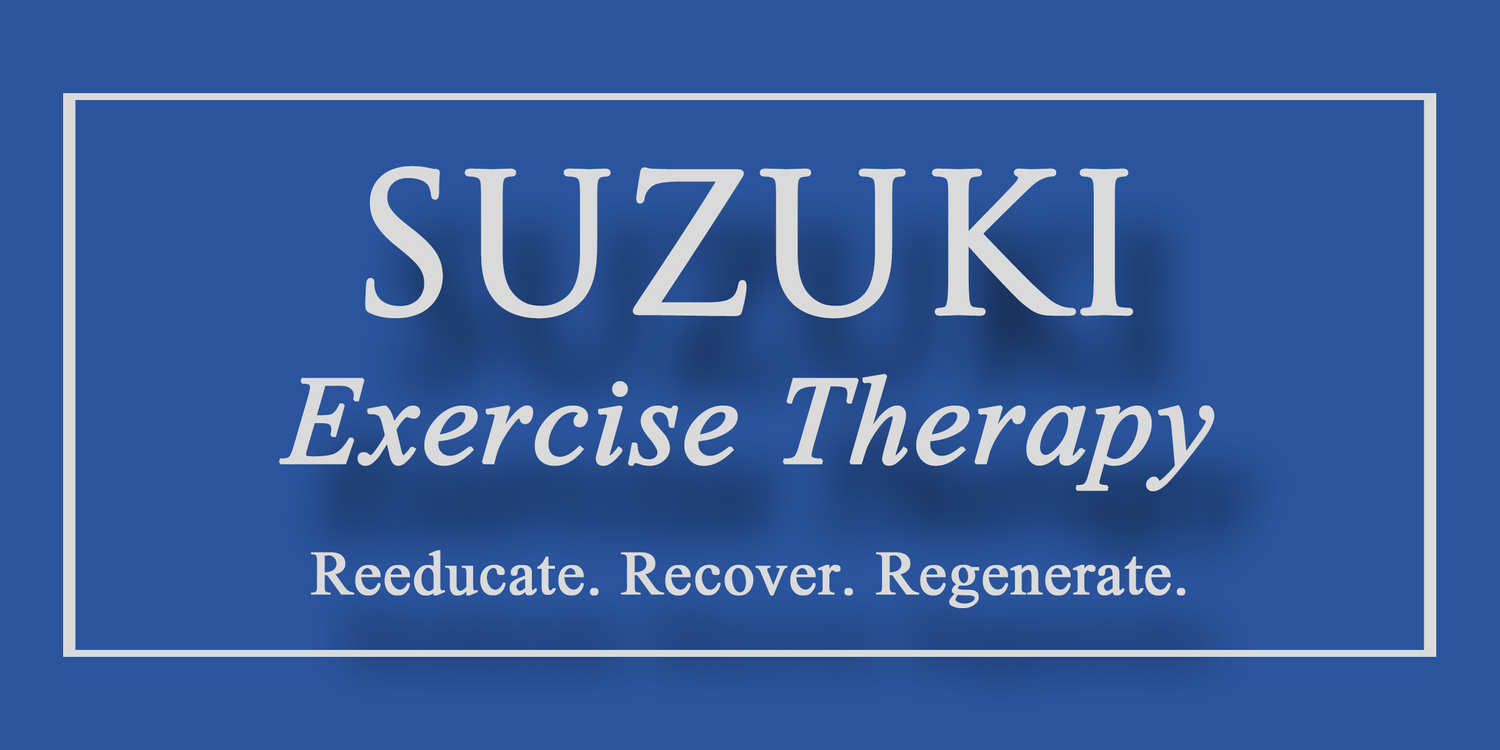By Boko Suzuki
Photography by Kacey Cole
I just turned 61 and recently posted pictures from my first ever fitness photo shoot. On the Internet. Where people can see them. Why on earth would I do that? Two reasons: first of all, I’ve been working really hard on my fitness and I want to show off the results, dammit. But more importantly, I want to show people that moving into one’s 60’s doesn’t have to mean the beginning of a long, inexorable slide downward toward the grave. On the contrary, I believe that one can improve one’s fitness at any age. Really.
Now I know you’ve seen all those doomsday statistics that people start losing muscle mass and gaining body fat in their 30’s. I also know that you’ve seen all those articles from so-called fitness experts describing the “appropriate” ways to exercise in your 50’s, 60’s and above. Go for a leisurely walk with Pickles the pug. Lift very light weights. Sit in your La-Z-Boy and wiggle your toes. Okay, I made that last one up but you get the idea.
Here’s the problem: this is a self fulfilling prophecy. These “experts” start with the assumption that you are fat and weak so they recommend activities for a fat and weak person and – voila! You end up fat and weak.
Now for the disclaimer: before you jump on a mountain bike and start hurtling down a fourteener, check with your doctor to make sure you don’t have any preexisting conditions that would take certain activities off the table. Equally importantly, have a fitness consultation with a qualified fitness professional to determine the appropriate starting point for any exercise program.
So assuming that it’s safe for you to exercise, what the heck is an appropriate way for you to work out? Now, I would definitely recommend that you start any exercise program under the guidance of a qualified fitness professional, i.e. someone preferably with years of experience and multiple certifications. But here are some basic guidelines:
· Never push into pain. Pain is nature’s way of telling you that what you are doing is unsafe. If you experience pain in any movement that doesn’t necessarily mean that you have injured yourself but you need to stop before tissue damage occurs. The people telling you things like, “no pain, no gain” have helped many chiropractors and orthopedic surgeons buy summer homes.
· Start with basic, unloaded exercises like body weight squats and elevated pushups (hands on a bench or even a wall) before progressing to more challenging exercises. Everyone wants quick results and flashy exercises but real results come from gradual progress over time. Not sexy, I know, but true.
· Having said that, progress occurs in the area just outside your comfort zone. The area where things just start to become uncomfortable is where the stimulus for your body to change happens. If you think of exertion on a scale of 1 (sitting on a couch eating Cheetos) to 10 (an activity so strenuous that you could only do it for a few seconds), 7 is a good RPE (rate of perceived exertion) to aim for. More strenuous than is comfortable but not so strenuous that you feel pain or are unable to maintain good form.
· Lift weights. This is for everyone and I mean everyone. When I was recovering from neck surgery a few years ago I was under strict doctor’s orders not to lift anything heavier than a half gallon of milk, which is roughly 4 pounds. But that’s still 4 pounds! Think about your everyday life and what a bag of apples, let alone a bag of groceries, weighs. Which makes more sense: to start lifting weights similar to what you lift in your everyday life in a controlled environment with careful attention to form or to grab a 35 pound bag of dog food at Costco and hope for the best? Start with body weight exercises (see previous bullet point), then use a weight you can easily handle and when that becomes too easy (you’ll know when that happens), gradually increase the load.
· Do some cardio. Walking is great and actually an underrated way to burn calories but if you want to do something more strenuous, unless your doctor tells you not to, go for it. I just finished doing a seminar with Mark Smith, perhaps the world’s foremost expert in cardiovascular training, and his research says that high intensity cardio is beneficial even for heart transplant patients! Listen to your body and slow down when you get tired.
Those are the basics. If you pay attention to pain to avoid injury, if you find an appropriate starting point and if you consistently progress from that point, you can achieve improved fitness for the rest of your life. Stay tuned for future articles where I’ll dig more deeply into nutrition, strength exercise and cardio, and remember: how you age is a choice.


